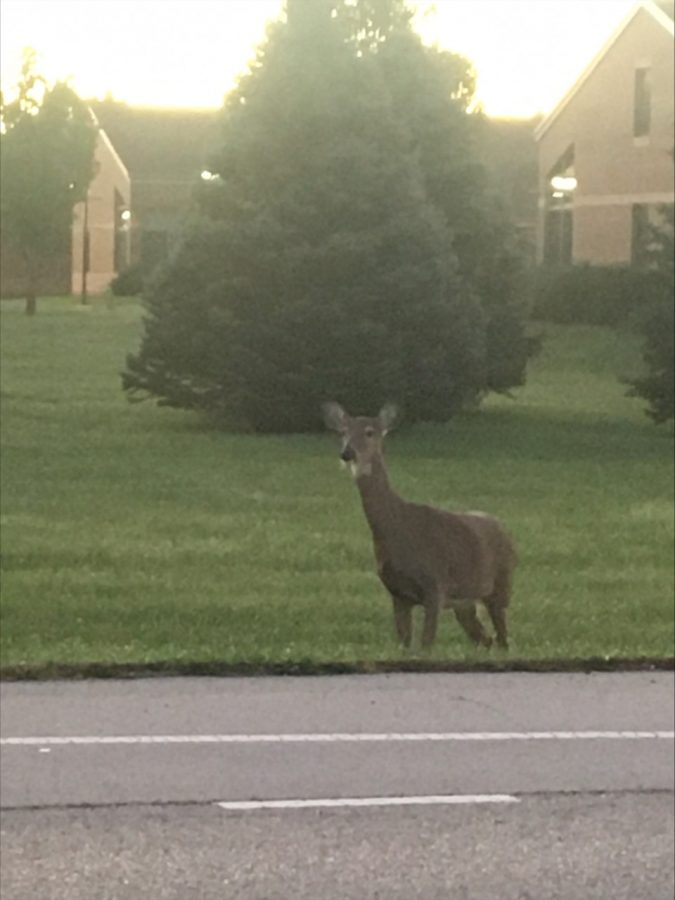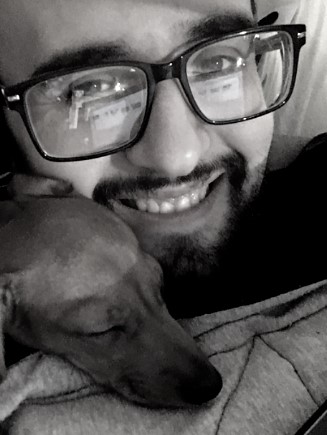Hunting law puts deer near campus under the scope
A deer stands near the road along the UIS campus. The city and state are allowing deer hunting on city property next to LLCC and UIS campuses to decrease the deer population in the area.
October 26, 2021
Why did the deer cross the road? The answer is unknown, but one can assume it did not look both ways.
While bears may be viewed to some as the most dangerous creature of the woods, statistics reveal that deer are on average a considerably bigger threat to humans. Approximately 1.23 million road accidents with deer occur in the United States, with an average of 200 humans dying from these accidents yearly according to statistics from pawsomeadvice.com.
The population of deer in Springfield is becoming exorbitant.
For that reason, the city of Springfield authorized hunting on city-owned property near the lake, including wooded areas next to Lincoln Land. Only experienced bow hunters are permitted to hunt in the areas behind the college’s athletic fields and pond behind Menard and Sangamon halls (formally known as Lake Macoupin).
The Illinois Department of Natural Resources requires permits and designates what hunters can be in what areas during each of three hunting time periods. The first time period was Oct. 1 to 15. The second was Oct. 16 to 31. The final hunting period will be Dec. 16 to 31.
DNR requires anterless deer to be harvested first. Hunters are encouraged to take more than one deer in order to lower the area population.
The city of Springfield is encouraging hunters to donate the deer to the food pantry by taking the carcass to Turasky Meats in Springfield.
“The goal of hunting around Lake Springfield is to lower the number of deer in the area thus creating a safer/healthier herd,” according to the DNR.

